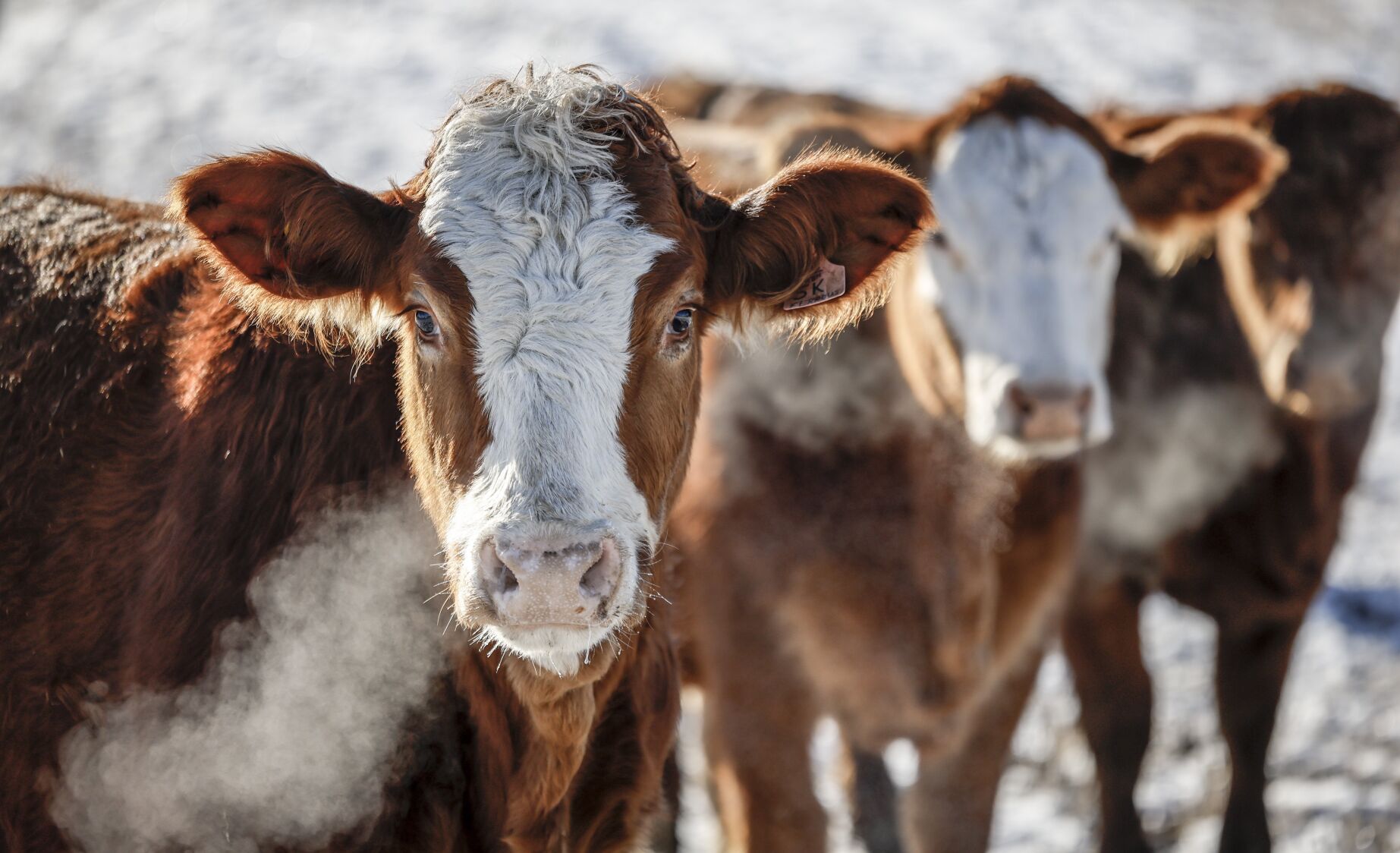Industry marketing group Canadian Beef held a webinar in May, the first in a series of three, entitled┬á┬áIt was meant for stakeholders and members of the public, though it seems I wasnÔÇÖt permitted to attend.
Instead, I was left to wonder why beef needs advocacy on social media and why they wouldnÔÇÖt let me see how itÔÇÖs done. The answer, IÔÇÖm sure, is because┬á┬áincluding its mounting┬áefforts to rebrand.
As it works hard to control the media narrative, Canadian Beef surely doesnÔÇÖt want me to tell you that its new ads ÔÇö currently running on CBC, featuring wholesome farmers, green pastures and happy cows they say are good for the environment ÔÇö are selling you a farming fantasy.
They surely donÔÇÖt want me to tell you the true story: that beef remains a major climate offender, and that behind the curated image of “responsible” ranching lies a reality of eco-harm and animal suffering.┬á
This persistent promotion of beef comes as consumption of it┬á, driven in part by growing awareness of the┬áclimate toll┬áof animal farming ÔÇö particularly cattle ÔÇö the health risks associated with┬ámeat-heavy diets, the┬á┬áand of course the┬árising cost of beef.
So a new farming tale is being told, of carbon capturing cows and ranchers as ÔÇťcaretakersÔÇŁ of the land ÔÇö a narrative that is amplified by┬á┬ásome politicians┬áand documentaries like the star-studded┬á. The romantic idea is that a simple switch from factory farmed cattle ÔÇö you know, those ones confined to massive feedlots in Western Canada ÔÇö to animals raised on idyllic pastures, can make eating steak a-okay again.┬á
Except, itÔÇÖs not that simple. Though it is familiar. ÔÇťThe meat industry is following the┬áclassic playbook,ÔÇŁ used by other damaging industries like Big Oil and Big Tobacco, says Nicholas Carter, environmental researcher and co-founder of the┬áInstitute for Future Food Systems. ÔÇťIt is┬áfuelling cultural divides┬áand spinning deception to delay the inevitable shift away from arguably the most environmentally damaging human practice.ÔÇŁ
To be clear, nearly all cattle raised for beef in Canada begin their lives grazing on grass. However, around  to crowded, barren feedlots, where they are fed grain to be rapidly fattened for early slaughter. (Of course almost 100 per cent are also eventually stabbed in the throat).
Factory farming exists because raising cattle exclusively on pasture is simply not doable at current rates of beef consumption. For example, regenerative farming requires about┬á2.5 times more land┬áthan conventional farming. That equates to millions of acres beyond what is already being ravaged for animal agriculture, ÔÇťalready the single largest human use of land on the planet,ÔÇŁ says Carter.
The only way to actually switch all Canadian beef to pasture raised, grass-fed, regenerative (or whatever virtuous buzzword makes you feel better) is if everyone ate way, way less of it. But we donÔÇÖt see that messaging from the meatfluencers or Canadian Beef, do we?
The inconvenient truth is that animal farming is a major driver of ecosystem decline and┬áclimate change. And a┬á┬áfound that when animal farming was removed or excluded from an area, the natural biodiversity thrived. This is known as┬árewilding┬áÔÇö a true eco and climate solution.┬á
Regenerative grazing and grass-fed beef, on the other hand, have been overhyped and co-opted by Big Meat as a pretty and powerful marketing ploy. The carbon sequestration powers of grazing cattle, it turns out, are . Grass-fed cows also emit more greenhouse gases than those on factory farms. And Canada is still butchering over 3 million of these sentient animals every year (among over 840 million total land animals). 
But the meat industry doesnÔÇÖt want you to see those numbers. It only wants you to see bucolic beef, filtered through Instagram and your TV screen, in all its┬ágreenwashed┬áand┬áhumanewashed┬áglory.
































To join the conversation set a first and last name in your user profile.
Sign in or register for free to join the Conversation